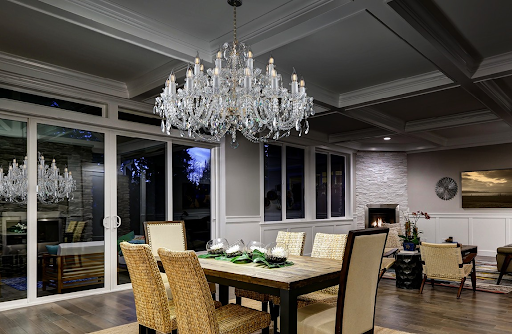Crystal is a subdivision of glass. It is made in the same way as glass but using different material. You can say, ‘All glass is not crystal but all crystal is certainly glass.’ Scientifically speaking, crystals occurring in nature get formed via a mechanism called crystallization. It is a pure substance, whose molecules and atoms are arranged systematically in three spatial dimensions.
Glass vs. Crystals
The crystals made from glass differ in terms of lead level included and its elegant form than the normal glass. Glass crystals include no official cut but the guidelines are specific. For example, in Europe, if the lead content is above 24%, a reflective index is 1.545, and density is more than 2.90 then the glass is defined as crystal. In the United States, glass having led above 1% is declared as crystal.
Terming crystal to glass is imprecise because glass is an unstructured solid. It lacks a crystalline structure that is a must in crystals. The only thing to remember is not to compare man-made crystal glass with the crystal found in nature. However, natural crystals are not used in decorative goods and chandeliers. Adding lead allows the glassmaker to achieve desired changes.
The glassmaker obtains crystal glass with a high refractive index and high density to get a simmer when light reflects through the designed chandelier crystals. Lead oxide softens glass making it easy to engrave intricate designs.
Experts can identify crystals quickly but it will help to know the difference, especially when you are shopping a chandelier to add oomph to your space. As you are aware that the basic difference between glass & crystal is its lead content but below are some tips that can help you know the difference.
Tips to identify a glass or crystal chandelier
Evaluate the weight
Lead content will differ, which can be anything from 1% to 40%. Nevertheless, lead is dense therefore more weight gets added to the glass. You will find that the piece of crystal is heavy.
Check closely for clarity
Crystal pieces will reveal more clarity because of lead content. More lead means more clarity!
Light test
Hold the piece to light. Lead allows more white light to pass through crystal glass increasing diffraction. This creates a dazzling light spectrum, which can be recognized with ease.
Structure
The chandelier structure must be made from copper, bronze, iron, or brass because glass crystals are heavier and will need a robust structure to handle its weight.
Now, you know how to identify crystal chandeliers!
Types of crystal glass chandeliers
- Swarovski crystal glass is machine polished. It has razor-sharp faceting, optic clarity, and unique brilliance. Maintaining and cleaning are easy but is the most expensive type.
- Spectra crystals are less expensive than Swarovski but available in limited shapes and sizes.
- Moroccan/Egyptian crystals are gem-cut with flawless clarity.
- Turkish crystals are polished on wooden wheels using marble dust.
- Italian crystals are fire polished, which results in subtle luminosity. Price is modest in comparison to cut crystals.
- K9 Chinese crystals have high-value look at a low price than all of the above.
- Nouveau Casino En Ligne 2025
- Casino Crypto
- Casino Non AAMS
- Casino Non Aams
- Buitenlandse Casino Zonder Cruks
- Casinos Not On Gamstop

